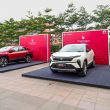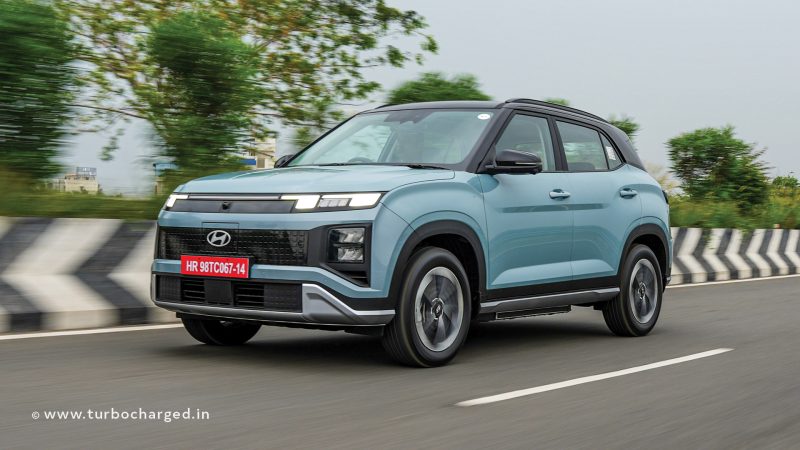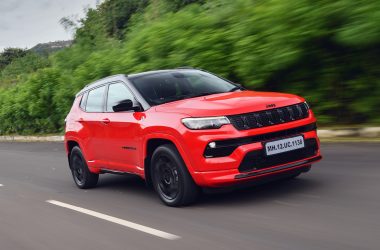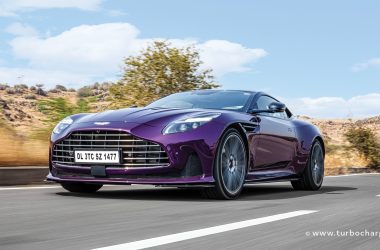Back in 2015, the midsize SUV segment was a rather nascent one. The Renault Duster was among the most popular names, but the segment wasn’t really a well-defined one to say. But things changed once Hyundai launched the Creta. It was an SUV that became an instant hit which made every other mass market car maker in India sit up and take notice. And the past decade has seen the Creta go from success to success, outselling every rival, eating into sales of midsize sedans and selling over 1.1 million units – all across two generations and two facelifts. And now exactly a decade later, the Creta Electric is here, and Hyundai is aiming to have it chart history in similar fashion.

One of the first things to notice about the Creta Electric though is that in a way, it breaks a tradition by not looking quirky or very different from the SUV’s petrol and diesel versions. That’s been done intentionally, and is a good thing in my books, as it offers a strong sense of familiarity to what is the bestselling SUV in its segment. Of course, there’s enough to tell this one apart though, with EV-specific cues, like the closed-off grille. The execution here is particularly appealing I feel, because Hyundai has retained the headlamp and DRL design on the Creta sold currently. The grille is different looking too, and uses the pixelated design also seen on the IONIQ5. The front bumper is different, with the same pixelated design and integrates active flaps to help cool the battery pack when needed.
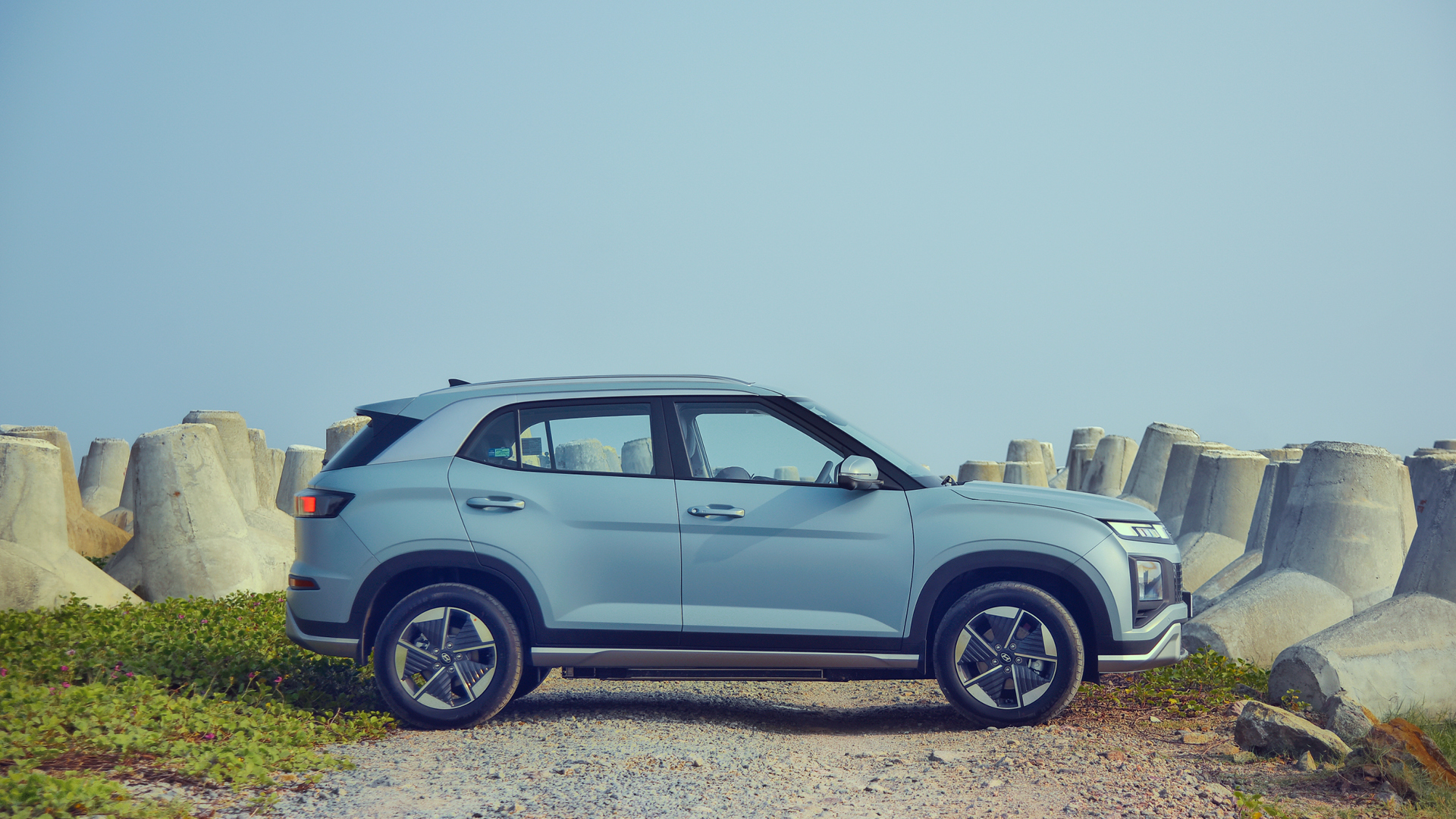
The effect of these changes is a face that looks familiar but more futuristic. Move to the sides and the sense of familiarity continues, as the silhouette and lines are the same, though a noticeable change is the new design for the 17-inch wheels, while ground clearance is impressive at 200mm. That said, the outer casing for the battery pack is visible, which might just concern some buyers, though the ground clearance is enough to go over speed breakers and even tread off tarmac. The Creta Electric looks identical to the SUV’s petrol and diesel versions from the rear as well, as the tail lamps and LED strip connecting them are the same though again, the rear bumper and reverse light are different, and their design is in sync with the front bumper. Overall, the Creta Electric’s identicalness to the standard Creta is a conscious move and offers a sense of familiarity, which should help in convincing buyers to opt for the EV.
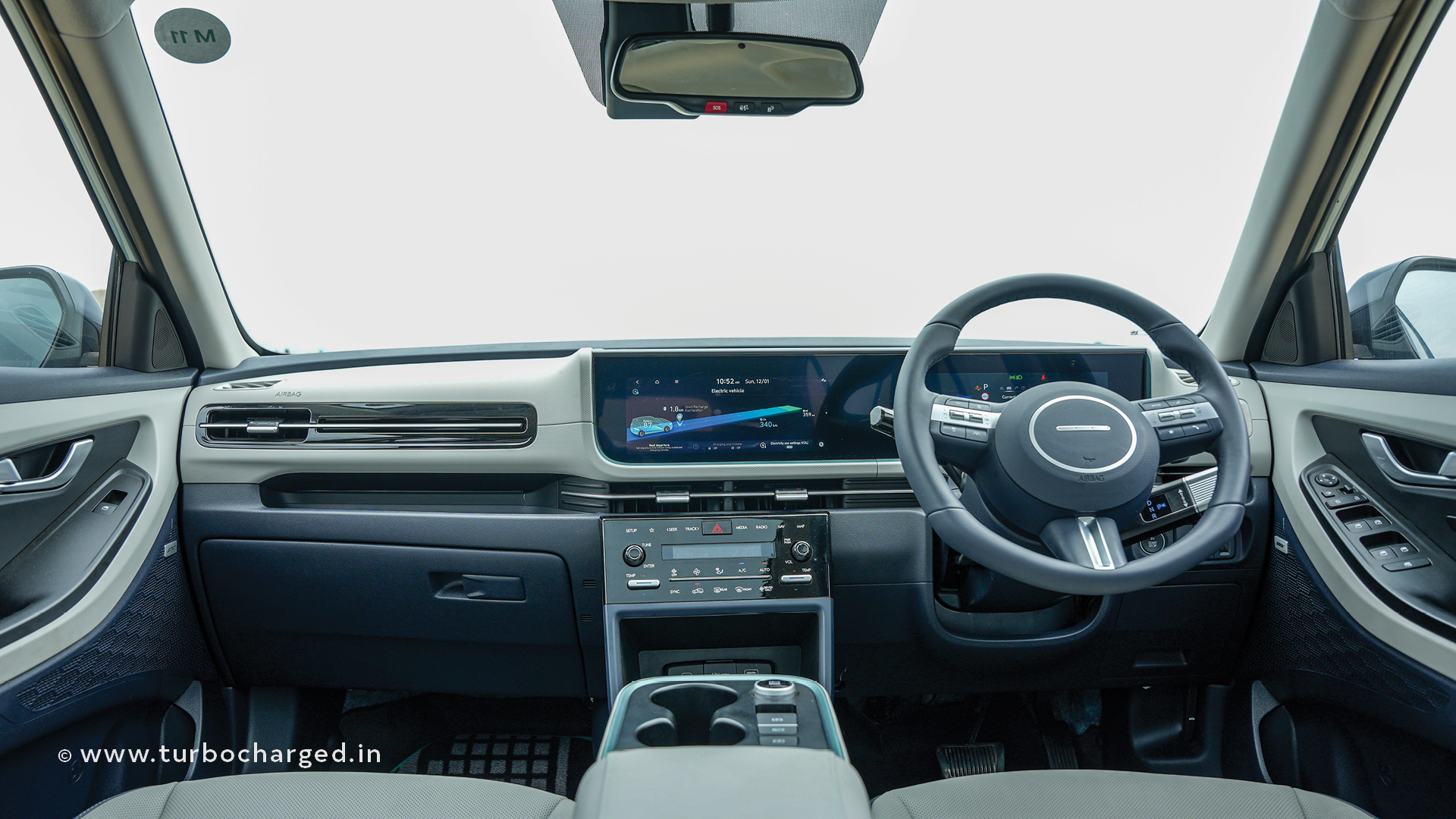
The sense of familiarity continues inside the cabin too, as the dashboard looks identical to the one in the petrol and diesel versions. That said, the cabin features some different bits, like a new, three-spoke steering wheel and new centre console/armrest. The steering also sports four dots, which denote the letter H – which is Hyundai’s logo – in morse code (just like the IONIQ5 again), instead of the regular Hyundai logo. The centre console and armrest have a floating design and the absence of the traditional gear lever has helped in making it more spacious, as Hyundai has gone in for a steering column mounted drive selector stalk, again, just like the IONIQ5, as the Creta Electric also uses shift-by-wire. You only have the drive mode rotor and cup holders on the centre console thus, while the wireless charging pad is a different unit.
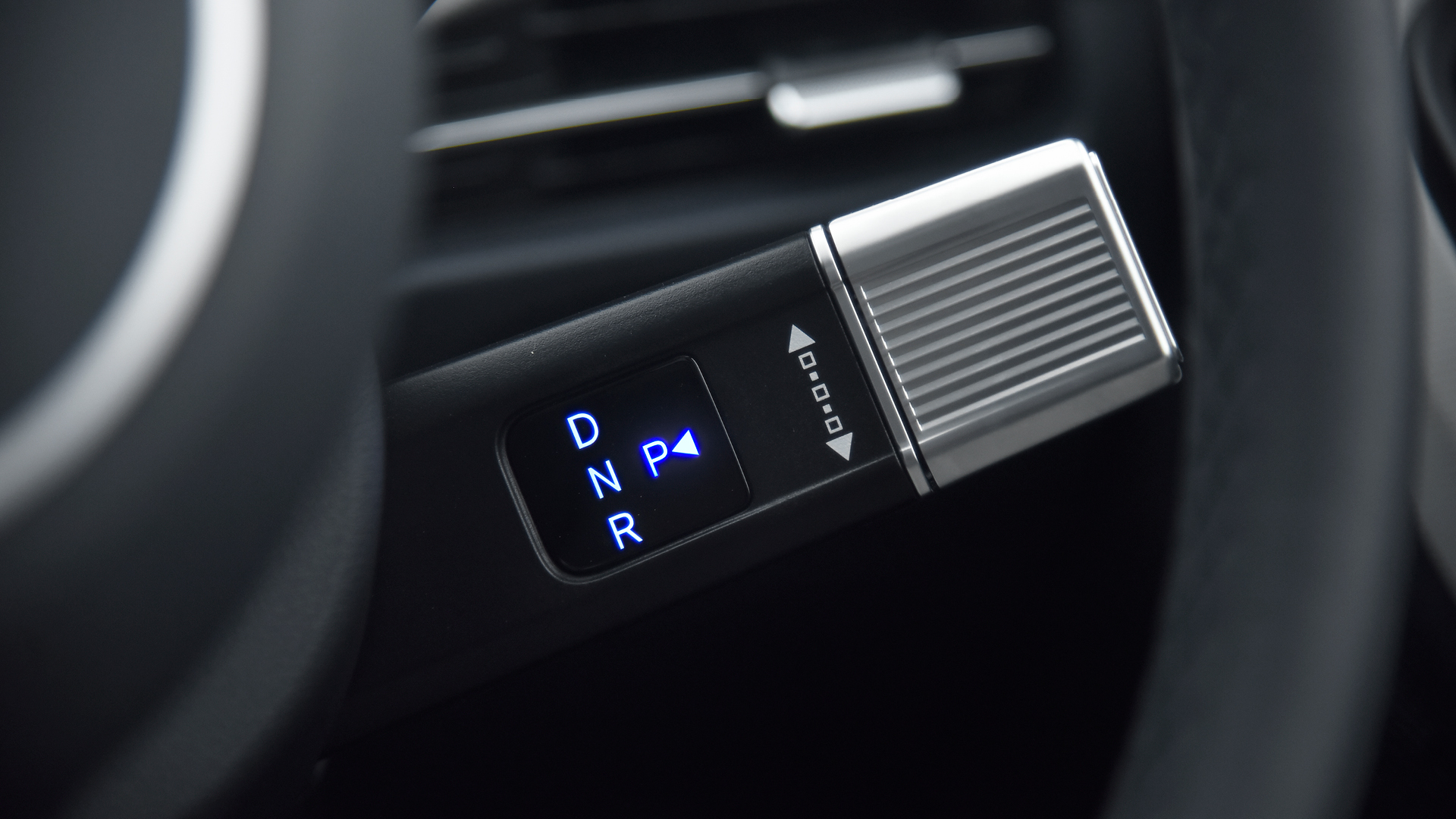
Besides looking identical, the dashboard also integrates the same, dual 10.25-inch screen setup like the standard Creta, one for the instrument cluster and one for the infotainment system. The seats are the same too but draped in new covers, with Creta Electric branding. Same is the case with the floor mats which sport the Creta Electric name, and there’s aqua blue highlights in various places inside the cabin. Overall, there’s a clear effort from the manufacturer to heighten the sense of premiumness here, as compared to the standard Creta. The floor is higher given the battery pack inside the floorboard but seating is the same, and this means you sit with your knees slightly further up, especially if seated in the back seat, but the difference isn’t too much to be a concern.
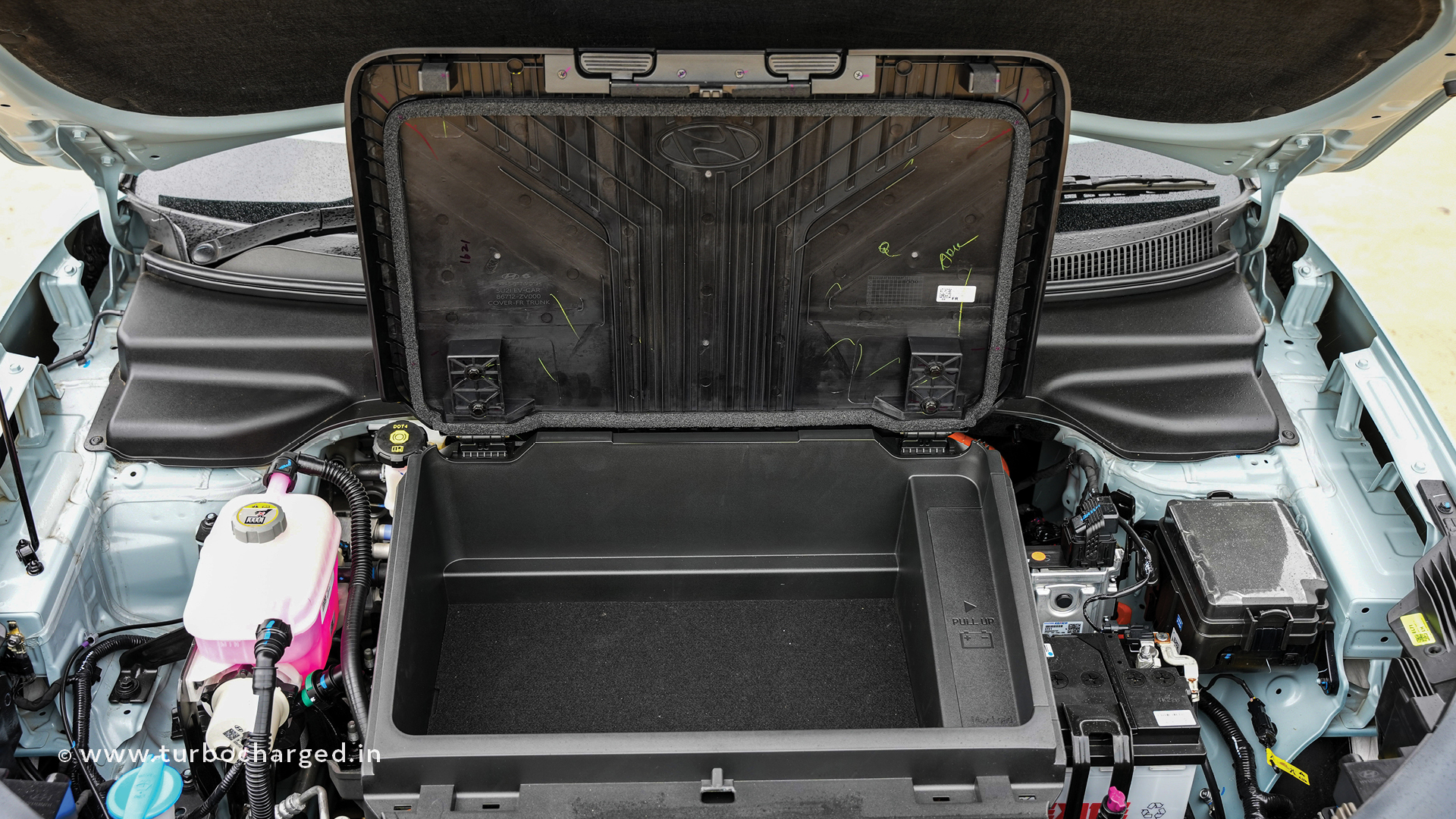
There’s a 22-litre frunk under the hood, given that there’s no engine in there, besides which the boot is spacious, ensuring the Creta Electric offers ample luggage space apart from the excellent space management inside the cabin. And in keeping with the Hyundai tradition, you get even more features in the Creta Electric than the standard version. You now get the same digital key function as the Alcazar, which lets you use your smartphone’s NFC function to lock or unlock the car. I’m also glad the Creta Electric gets a memory function for the electrically adjustable driver’s seat, which isn’t the case with the standard Creta. The front passenger also gets an 8-way electrically adjustable seat, a welcome addition. Rear occupants get foldable trays mounted onto the seatback of the front seats, just like the Alcazar again.
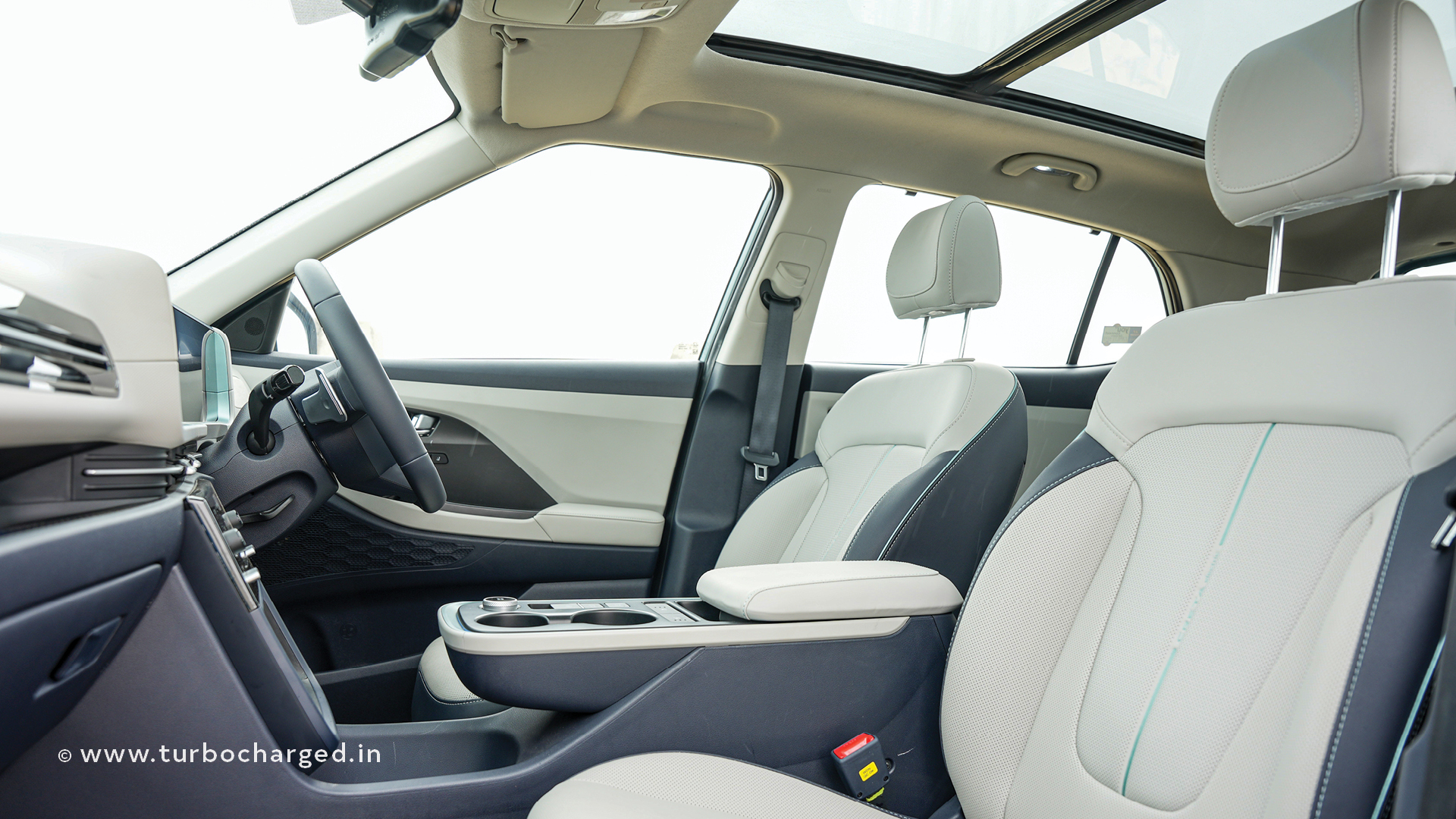
The panoramic sunroof has been carried over and so have a bunch of features like the 8-speaker Bose audio system, Level 2 ADAS, six airbags as standard, disc brakes all round, hill start and hill descent assist, ESC, tyre pressure monitoring, 360-degree view, rain sensing wipers and more. Wireless Apple CarPlay and Android Auto is still not on offer though. More importantly, with the Creta Electric, Hyundai is launching ‘Hyundai Pay’. Now before you jump the gun and assume it to be yet another UPI app for online payments, let me tell you, that’s not the case. Hyundai Pay is a very smartly configured EV charging aggregator app, as Hyundai has partnered with leading charging companies to let you pay for charging the Creta via the car itself! So, you can simply drive to a charging station, plug in and pay via Hyundai Pay, which also eliminates the need to load multiple charging apps on your phone.
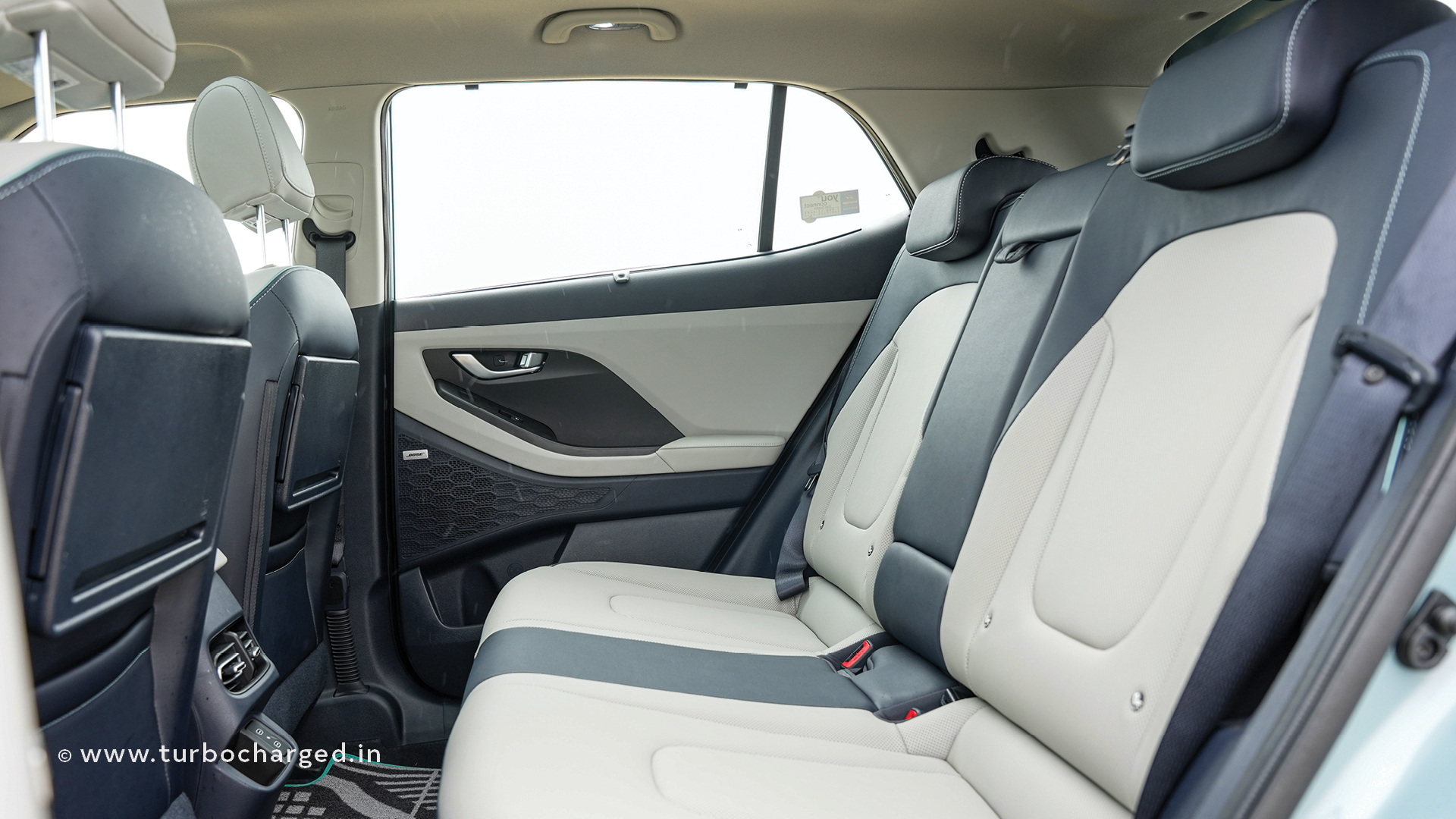
The Creta Electric uses a single electric motor, and is on offer with a choice of two battery options. So you can choose between a 42kWh battery offering 135PS, and a 51.4kWh one offering 171PS, making this one the most powerful Creta yet. Claimed 0-100kmph time is just 7.9 seconds! And given that you can have all the torque available right from the word go, acceleration also feels stronger than the Creta N Line. That said, acceleration isn’t neck-snapping and has a very smooth, progressive feel to it. This goads you into thinking the Creta Electric isn’t as quick as it sounds on paper. The seamless power delivery also gets you past the 100kmph mark, without you really knowing it. Hyundai has equipped the Creta Electric with multiple regen modes, allowing you to choose the amount of regenerative braking you want, besides the i-Pedal mode that offers maximum intervention, enabling single pedal driving.

It’s the one I’ve always liked, as it adds to convenience, especially when driving in traffic. Interestingly, regenerative braking is also linked to ADAS, which helps in charging the batteries when using functions like adaptive cruise control. Claimed range for the bigger battery pack is 473km and 390km for the smaller one. Using an 11kW AC charger, you can recharge the smaller battery in just 4 hours, while the larger one takes an additional 50 minutes. A 50kW DC fast charger will recharge the batteries in less than an hour, and we’re told there’s a software update coming later this year that will allow charging the Creta at up to 100kW, reducing charging time from 10 percent to 100 percent to a mere 39 minutes!
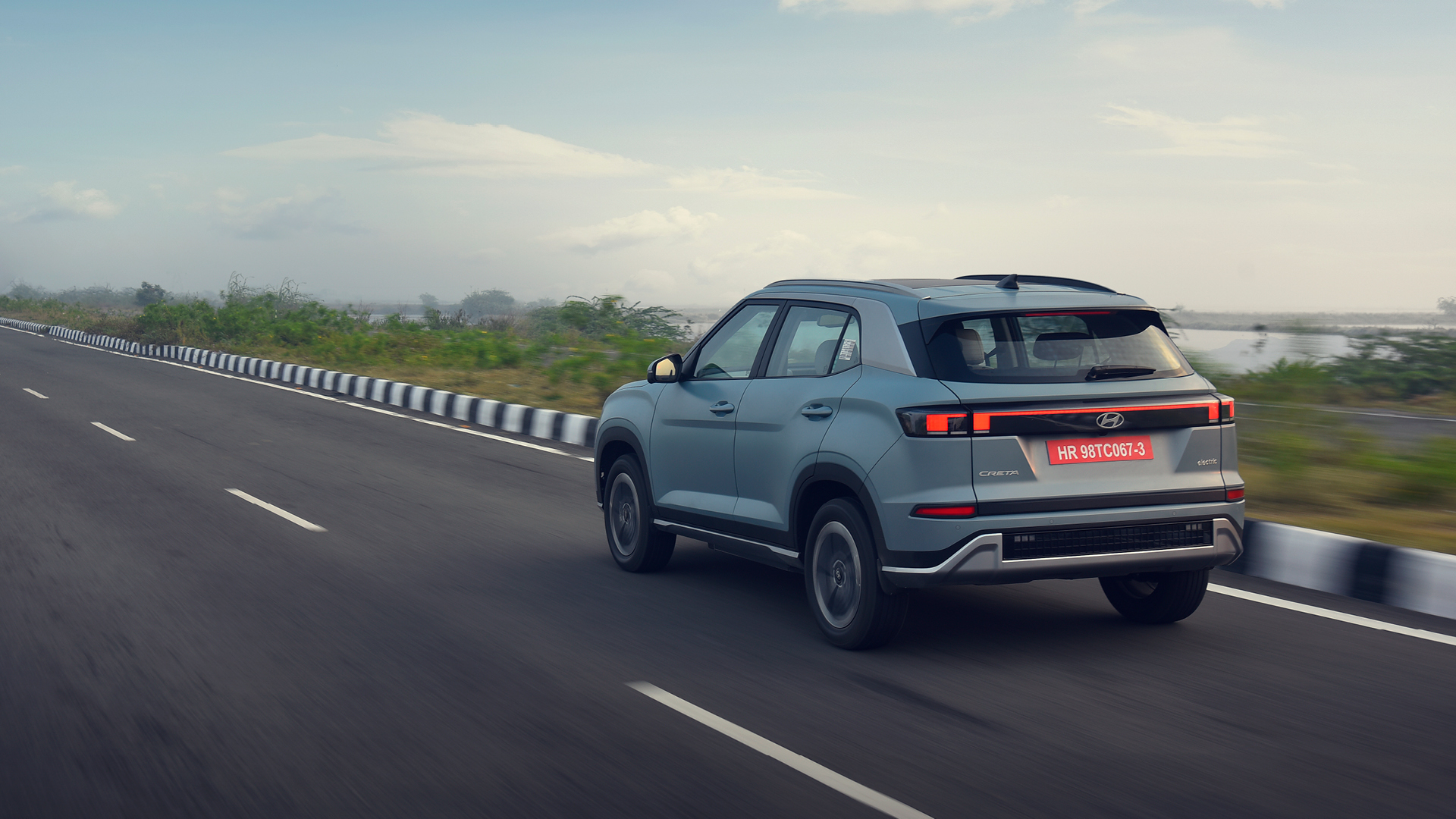
Besides partnering with other charging companies, Hyundai is also expanding its own EV charging network aggressively. So going forward, you will be able to charge EVs at most Hyundai dealerships at speeds of up to 60kW, whether you own an EV from Hyundai or not. And besides its own dealerships, Hyundai is also adding more public charging stations to its network, which will offer speeds of 30, 60 and 150kW. The Creta Electric uses liquid-cooled, lithium-ion batteries and besides undergoing an err… battery of tests, the pack is also IP67 rated. There’s an in-built battery heater as well, to optimise battery performance in cold weather, for up to -35 degrees Celsius! More trips to Ladakh in winters, anyone? We drove the Creta for a few hours only, and that said, I’m hoping to drive it extensively to comment on the range it offers in the real world, but as far as performance and the powertrain are concerned, the Creta Electric certainly impresses, just like its internal combustion engine powered versions.
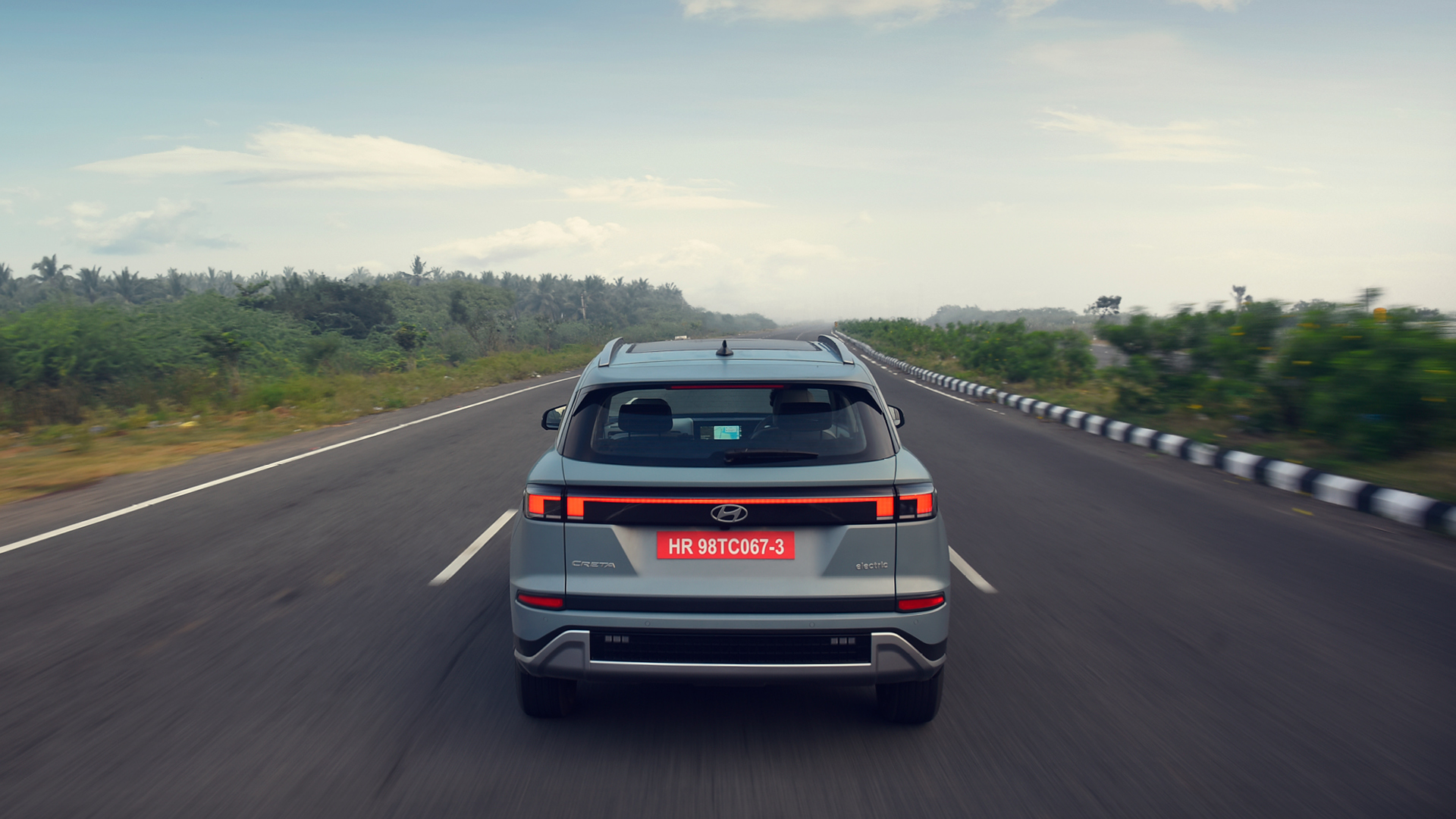
The current Creta has also impressed us with its plush ride quality and confident handling, and the SUV also impresses on these fronts in its electric avatar. If anything, despite the suspension being tuned differently given the Creta Electric’s higher weight, there’s a familiar feel to the dynamics. Heck, unless you’re aware that this is the Electric, you’d probably assume it’s the standard Creta given how familiar the SUV feels to drive! Hyundai’s engineers have also done an excellent job of ensuring NVH levels are low, ensuring ultra-quiet drives, especially on the highway. There’s the usual Hyundai confidence and finesse to sustaining highway speeds and the steering also feels more weighted, a welcome change. The Creta Electric is also up for soaking up bumps, undulations and broken roads, and the ride quality is as good as we’ve known the Creta to offer, helping the Electric tick an important box for family SUV and chauffeur-driven buyers. Overall, the SUV’s road manners are very impressive thus. To sum it up, the Creta Electric is the first of many new EVs that get launched this year. And it goes up against a slew of electric SUVs, including the Tata Curvv and Mahindra BE 6, besides the soon-to-be-launched Maruti Suzuki e Vitara. But given how popular the Creta has been over the past decade, this one is easily among the most anticipated launches of the year. We expect prices to begin just above the 20-lakh rupee mark, which should make it a very compelling proposition given the SUV’s packaging and also the Creta nameplate.




